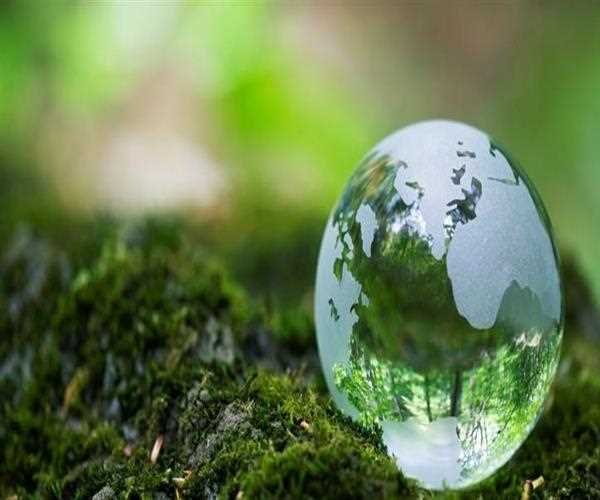
24-Jan-2023
How nature is being destroyed for making beauty products
It’s no secret that the beauty industry is a multi-billion dollar industry, but what many people don’t realize is the toll it takes on our natural environment.
From deforestation to ocean pollution and habitat destruction, the effects of creating beauty products can be devastating.
We’ll explore the true cost of producing beauty products, from harvesting natural ingredients to packaging and shipping, as well as discuss ways to reduce our impact on the environment while still enjoying luxuries like cosmetics and skincare.
What are beauty products made from?
- The average woman uses 12 beauty products a day, totaling up to 168 different chemicals that she rubs into her skin.
- These products can be made from all sorts of ingredients, many of which are derived from nature. However, the way these ingredients are sourced is often detrimental to the environment.
- For example, palm oil is used in many cosmetics and cleaning products but its production is a leading cause of deforestation in countries like Indonesia. According to WWF, an area the size of 300 football fields of rainforest is cleared every hour to make room for palm oil plantations.
- Other common natural ingredients include beeswax and lanolin (wool grease). Beeswax is secreted by worker bees to build honeycombs and seal in pollen. It’s harvested by scraping it off the hive walls, which can disturb and even kill bees. Lanolin comes from sheep’s wool and is extracted using harsh chemicals that can pollute waterways.
- So next time you’re at the store picking up your favorite beauty product, take a look at the label and see what sort of impact its production has on the planet. Chances are it’s not as natural as you thought.
How does the process of making these products impact the environment?
The process of making beauty products impacts the environment in a number of ways. For one, the farming of the ingredients used in these products can lead to deforestation and habitat loss. In addition, the manufacture of beauty products requires energy and water, which can put a strain on local resources. Finally, the packaging and transportation of these products can create pollution and greenhouse gas emissions.
What are some of the specific chemicals used in beauty products that are harmful to the environment?
- There are a few specific chemicals that are commonly used in beauty products which can be harmful to the environment. One example is phthalates, which are often used as a fragrance ingredient or in nail polish.
- Phthalates can potentially cause endocrine disruption and have been linked to reproductive toxicity.
- Another example is triclosan, an antibacterial agent found in some soaps and toothpastes. Triclosan has been shown to contribute to the development of antibiotic-resistant bacteria, and can also accumulate in sediment and aquatic organisms.
Ways to reduce the impact of beauty product consumption
There are a few ways consumers can reduce the impact of their beauty product consumption on the environment:
1. Do your research. When buying beauty products, take the time to read labels and find out what ingredients are in them. Avoid products with synthetic ingredients, as these are often derived from petroleum or other fossil fuels.
2. Choose natural or organic products. These products are made with ingredients that are less likely to harm the environment.
3. Use less product. One way to reduce your impact is to simply use less product overall. This includes things like using less shampoo, conditioner, soap, etc.
4. Repurpose packaging. Many beauty products come in packaging that can be reused or recycled. Try to find ways to repurpose this packaging instead of throwing it away.
5. Educate others. Spread the word about the importance of reducing our impact on the environment. Talk to your friends and family about making more sustainable choices when it comes to beauty products
Conclusion
Nature has been destroyed for the production of beauty products due to unsustainable practices and profit-driven motives. This is causing irreversible damage to wildlife, habitats and ecosystems, as well as a rise in pollution. It’s essential that we all take responsibility for our consumption habits and make conscious decisions when it comes to purchasing beauty products. We can also do our bit by supporting sustainable brands who are committed to ethical production methods, so that nature is not further compromised by our choices.

SEO and Content Writer
I am Drishan vig. I used to write blogs, articles, and stories in a way that entices the audience. I assure you that consistency, style, and tone must be met while writing the content. Working with the clients like bfc, varthana, ITC hotels, indusind, mumpa, mollydolly etc. has made me realized that writing content is not enough but doing seo is the first thing for it.
Join Our Newsletter
Subscribe to our newsletter to receive emails about new views posts, releases and updates.
Copyright 2010 - 2026 MindStick Software Pvt. Ltd. All Rights Reserved Privacy Policy | Terms & Conditions | Cookie Policy